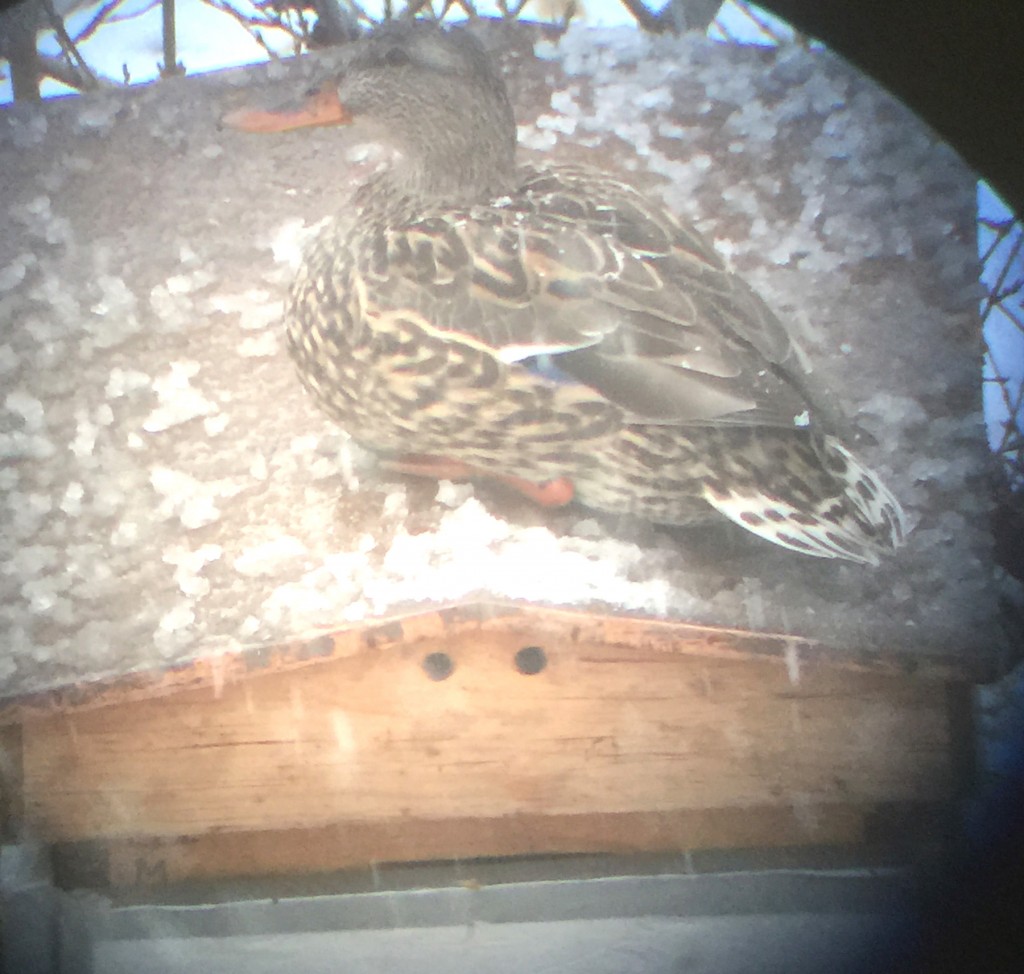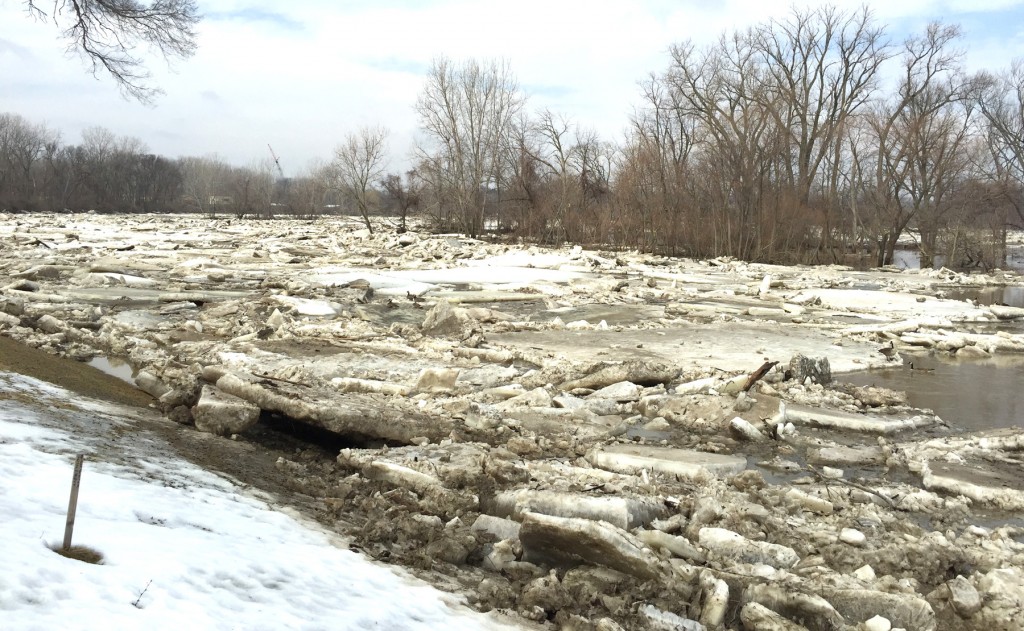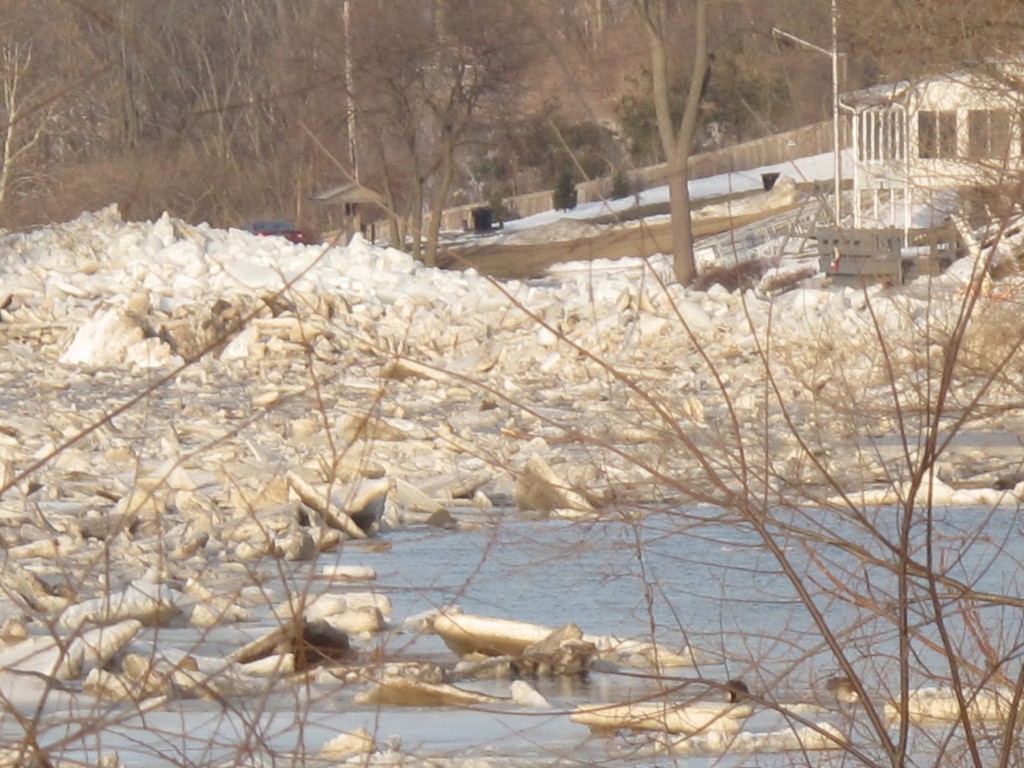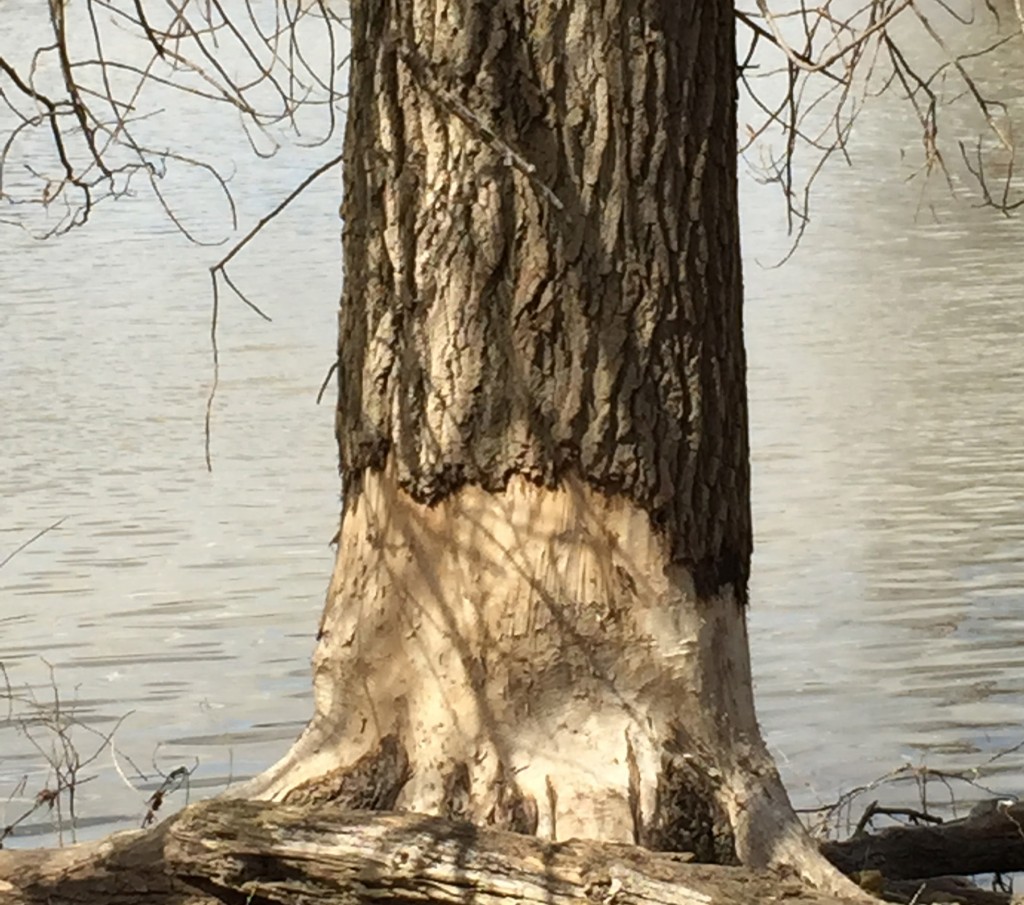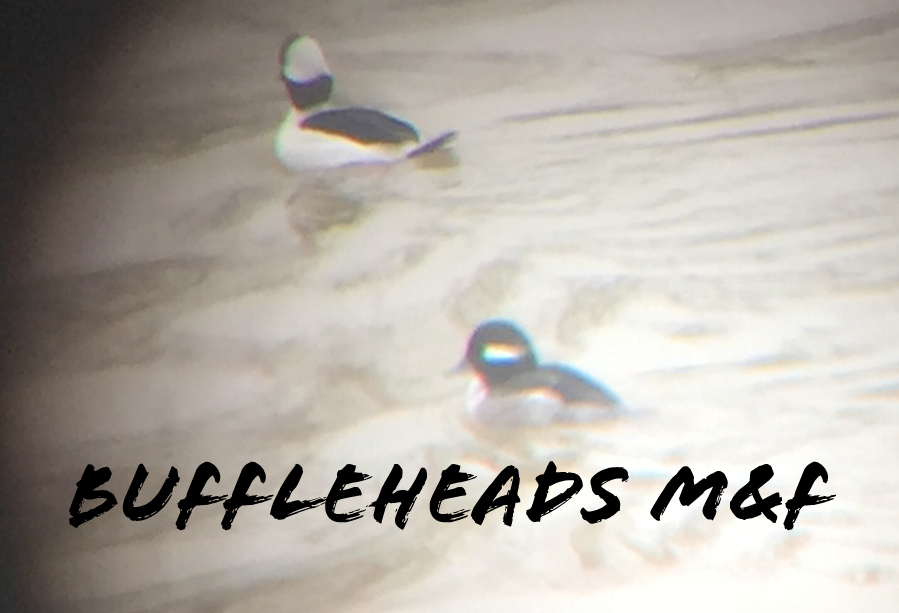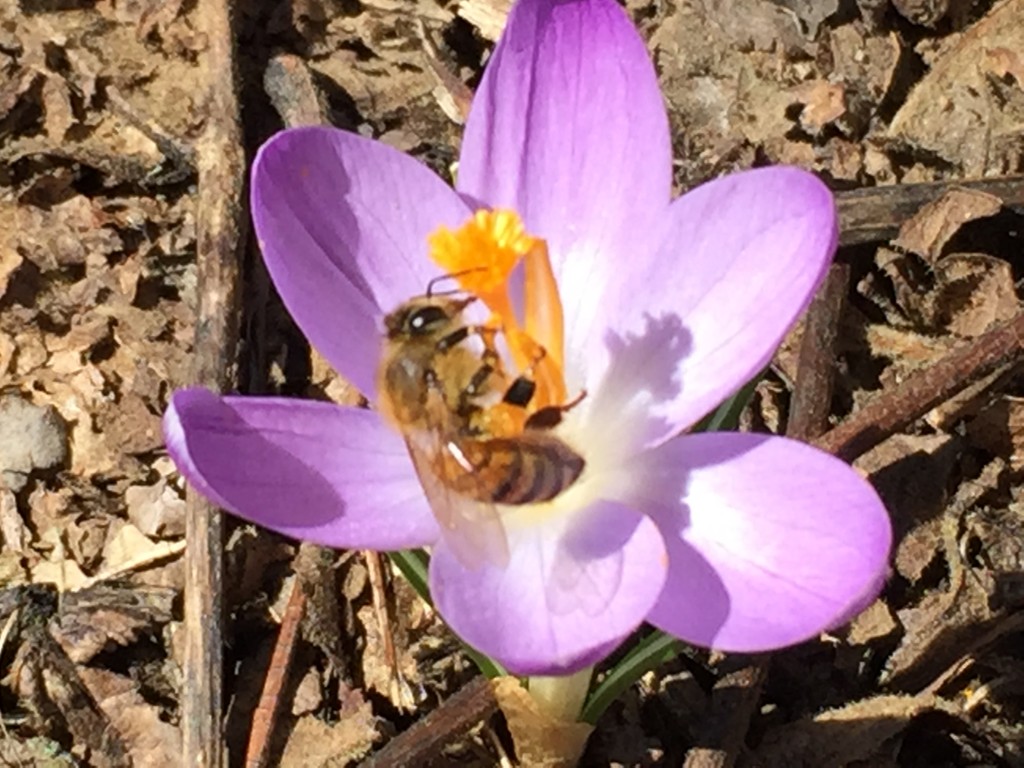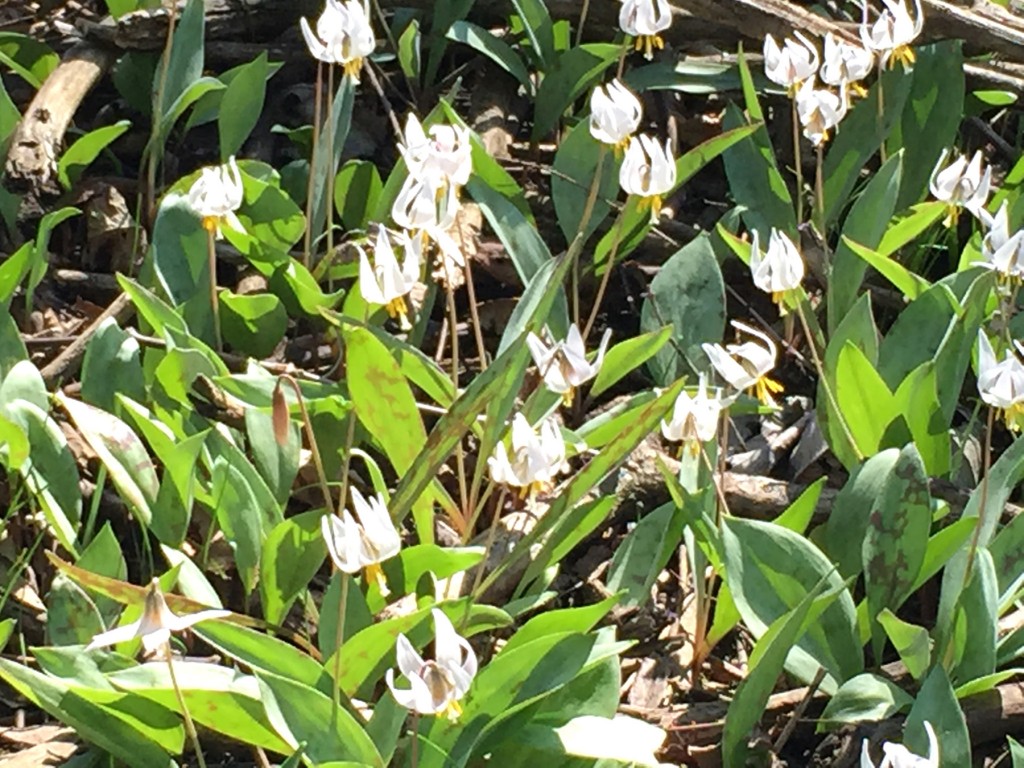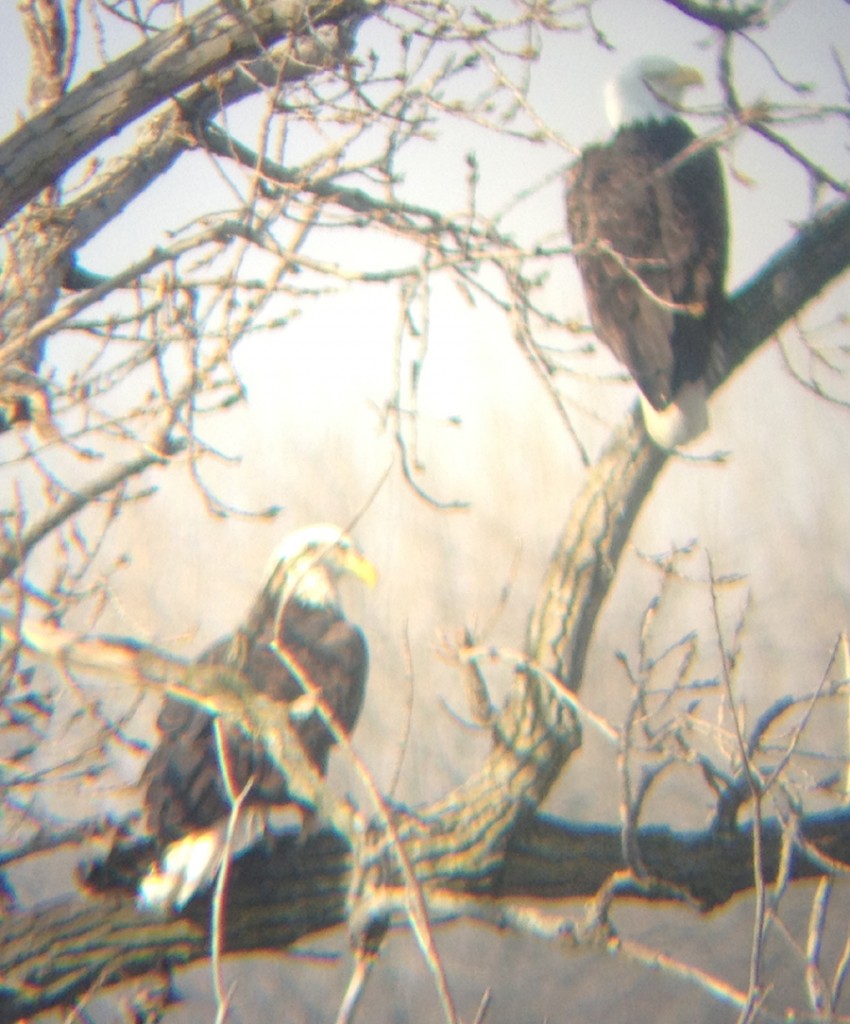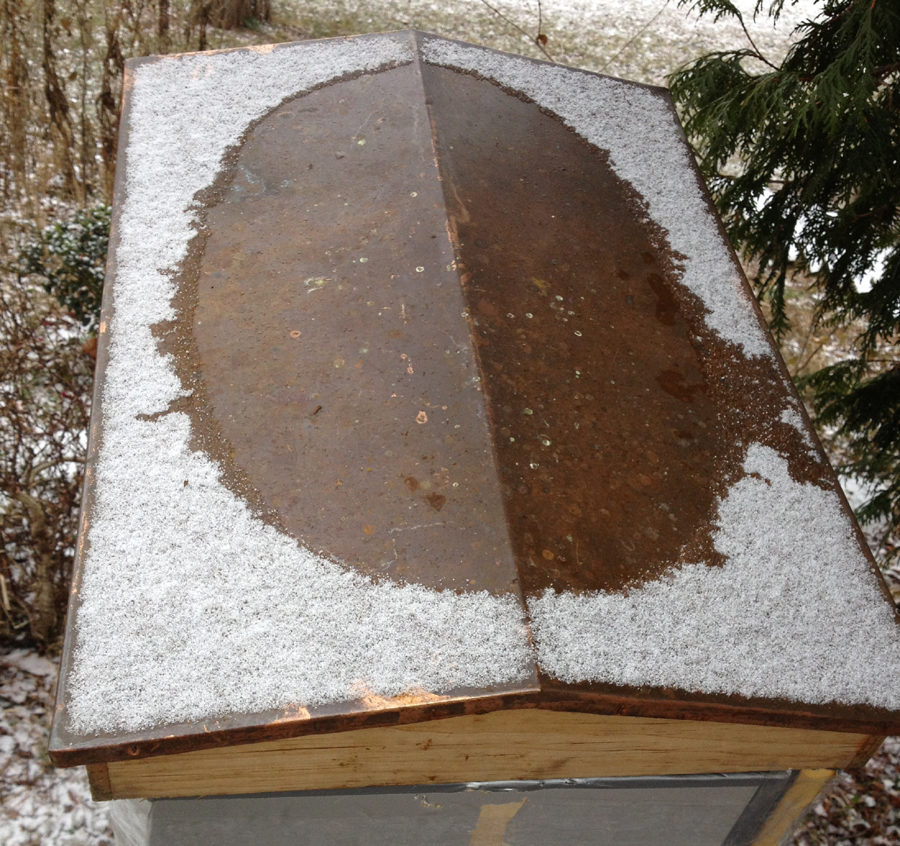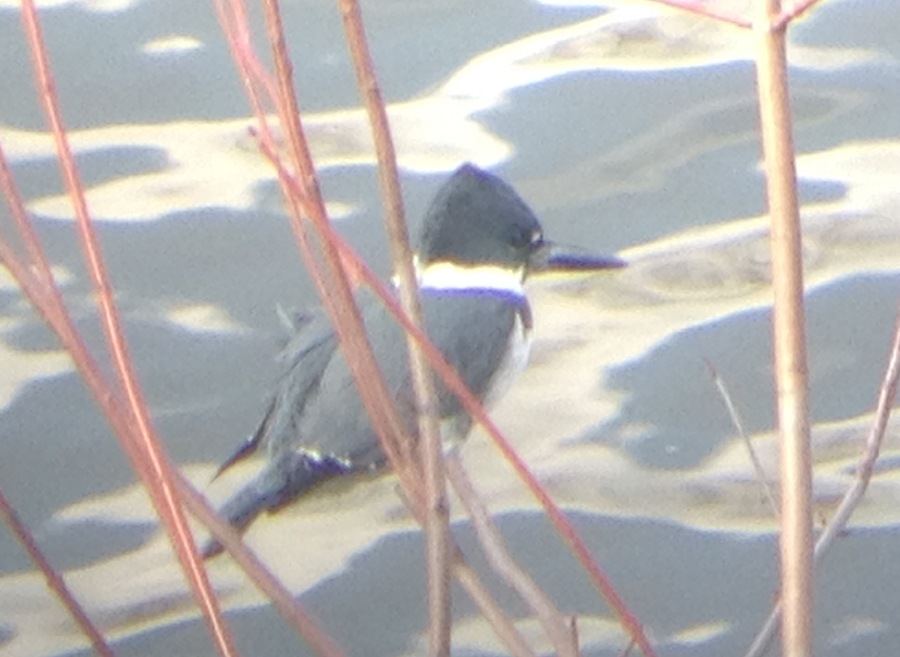Professor Douglas Tallamy came to town last summer and gave a great lecture, with stunning bird images, at Toledo Zoo on the valuable role we can all play in providing clean, native garden spaces for butterflies, which lay eggs, which hatch into what I call picky-eater caterpillars, (they much prefer to eat certain native plants), which are then fed to hungry baby birds.
Native bugs have evolved over time, along with native plants, to co-exist with their toxic defenses. Such bugs are called ‘specialists’ by the entomologists. Native plants, such as Milkweed which has a special relationship with the Monarch caterpillar, are vital to the survival of these specialist insects. Other plants, like the native Oak tree can host over 100 different species of caterpillars. But 90 percent of butterfly and moth larvae eat only particular plants or groups of plants. Desiree Narango, a doctoral student with the University of Delaware says: Nonnative trees may support insects, but they do not support the insects that the native birds want and need to feed to their young.
So I’m sorry to be losing my spectacular alien Tree of Heaven bug (Ailanthus Webworm), see photo below – such is the price of progress!

The key fact is that we need to have native plants if we want native insects to survive.
Tallamy says: While adult birds may eat a wide variety of seeds and insects, their babies only thrive on fresh insects and caterpillars. According to Dickinson (Field Guide to the Birds of North America, 1999), 96% of the terrestrial North American bird species feed their young with insects and other arthropods. So if we plant only lawns of alien green grass, or if we spray a hybrid cultivar flower garden with insecticides, we will have no butterfly eggs, no caterpillars and hence no food for the next generation of baby birds, and therefore no more adult birds.
Some of the butterflies are spectacular, as are some of the caterpillars. Here are a few that I found in my native garden last summer:
Incidentally many of these hairy ones should not be handled. Their hairs are like glass or asbestos fibers and could reportedly harm us!
Some are very hard to find, but when you see holes in leafs, or empty chrysalis cases, then you know some nibbler, or its metamorphosis, can’t be far away.



This little one went totally unseen, until it moved – like an inchworm – along the flower stalk.

The caterpillar camouflages itself with flower parts stuck to its back.
This colorful caterpillar was not so lucky:
 While I was trying to get a good photo, a wasp (alien European Paper I think) landed, stung it, stripped off and rolled up the caterpillar’s skin, leaving the digestive system full of fresh leaf juice on the leaf, and then flew off with the meat, presumably to its nest, all in the space of a few minutes.
While I was trying to get a good photo, a wasp (alien European Paper I think) landed, stung it, stripped off and rolled up the caterpillar’s skin, leaving the digestive system full of fresh leaf juice on the leaf, and then flew off with the meat, presumably to its nest, all in the space of a few minutes.

 There is no end to the variety:
There is no end to the variety:



I’m told this one is an Ohio native Giant Silkworm Luna Moth caterpillar. It was at a nature show and not in my garden. I’d love to see it there:
 Farmers are prisoners to the economics of cost-effectively producing the food that we so selectively and cost-consciously purchase. They fertilize and spray as needed to produce a commercially viable crop. By contrast, we home-owners have a totally free choice as to what we can do with the little bits of vacant land around our houses – or perhaps it is not a ‘free’ choice but rather a huge moral obligation to do the right thing: stop poisoning the earth and stop driving species into extinction at a rate greater than that of the great asteroid impact crater: Chicxulub, Gulf of Mexico, about 66 million years ago, and start saving our native species before they are lost forever.
Farmers are prisoners to the economics of cost-effectively producing the food that we so selectively and cost-consciously purchase. They fertilize and spray as needed to produce a commercially viable crop. By contrast, we home-owners have a totally free choice as to what we can do with the little bits of vacant land around our houses – or perhaps it is not a ‘free’ choice but rather a huge moral obligation to do the right thing: stop poisoning the earth and stop driving species into extinction at a rate greater than that of the great asteroid impact crater: Chicxulub, Gulf of Mexico, about 66 million years ago, and start saving our native species before they are lost forever.
The answer is simple: make room for native plants by removing the aliens. The native plants will grow native bugs which will be fed to the native baby birds. You don’t need artificial fertilizers (nobody is measuring the cost effectiveness of your yield) and you certainly do not need insecticides. Yes, there will be considerable manual work involved but we will all be physically and mentally the better for doing it.
So I’m extirpating (by hand) Myrtle, Chinese Tree of Heaven, Japanese Honeysuckle, English Ivy, Wild Strawberry and more before they cover my garden. Replacements with Jewel Weed, Milkweed, Wild Senna, Cardinal Flower, Jacobs Ladder and others are slowly taking deep root. Another blog will show some more of the colorful fauna they have already encouraged.
This moment made all the work worthwhile. A local Junco was so happy to find native Prairie Dropseed grass seeds in the snow covered garden:
If you need more details I happily recommend Doug Tallamy’s classic book on the topic: “Bringing Nature Home” or “How You Can Sustain Wildlife with Native Plants”, published by Timber Press.







